Remembering the mind-bending art of Dan Graham (1942–2022)
American artist and writer Dan Graham, whose hybrid output warped perceptions and defied genre has died in New York aged 79
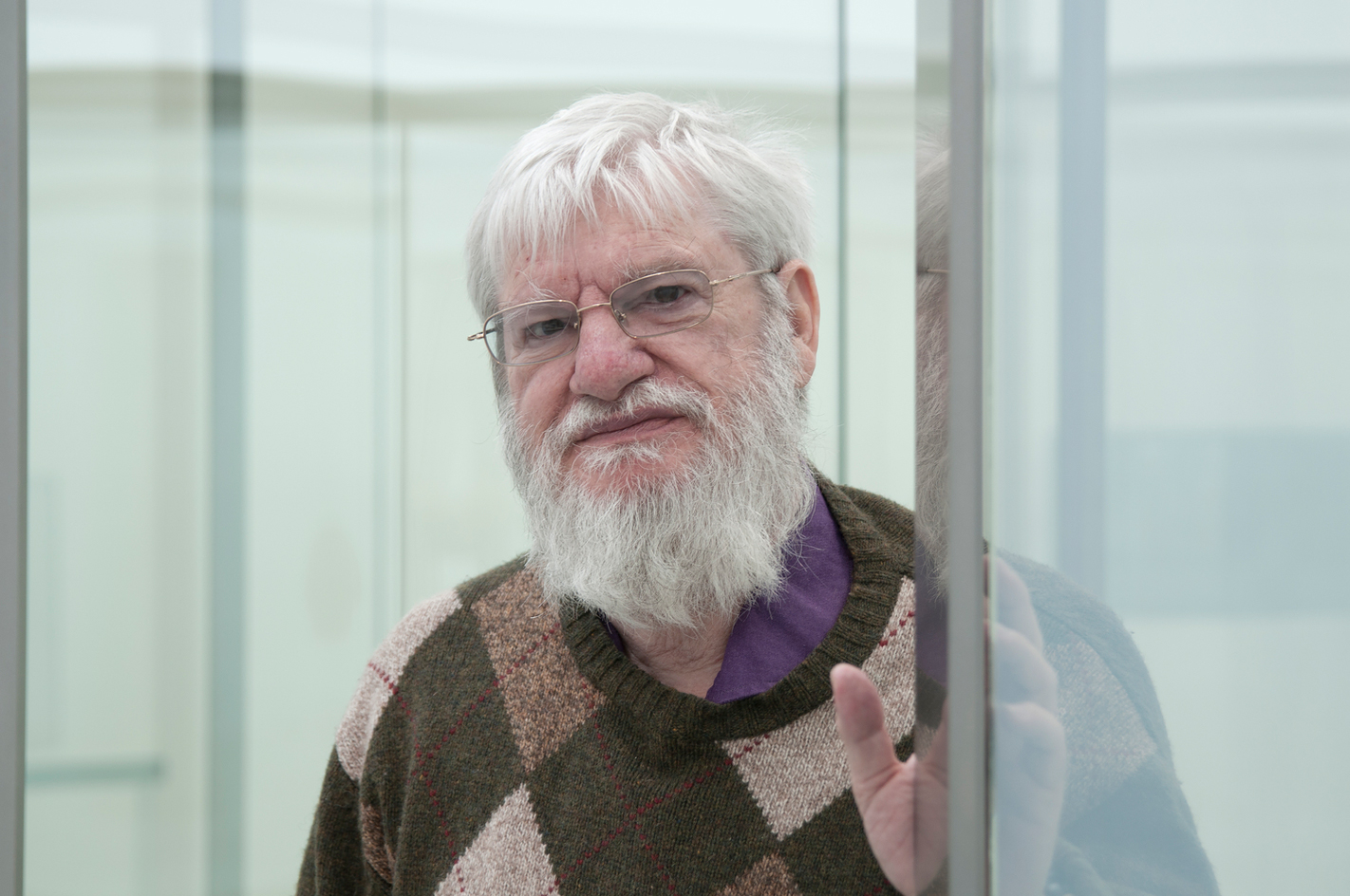
Pioneering American visual artist, writer and curator Dan Graham has died in New York City aged 79. Through cognitive and visual experiences, his art occupied an in-between, fluid and hybrid space, cloaking complex theories in a veil of simplicity.
Throughout his 50-year career, Graham moved seamlessly between photography, architecture, sculpture, filmmaking and live performance, alongside critical and speculative writing that spanned everything from rock music reviews to astrology and art theory essays. He was best known for his ‘pavilions’ – hybrid structures blending sculpture and architecture – theatres of perception that toyed with illusion and geometry, casting viewers as both spectators and protagonists.
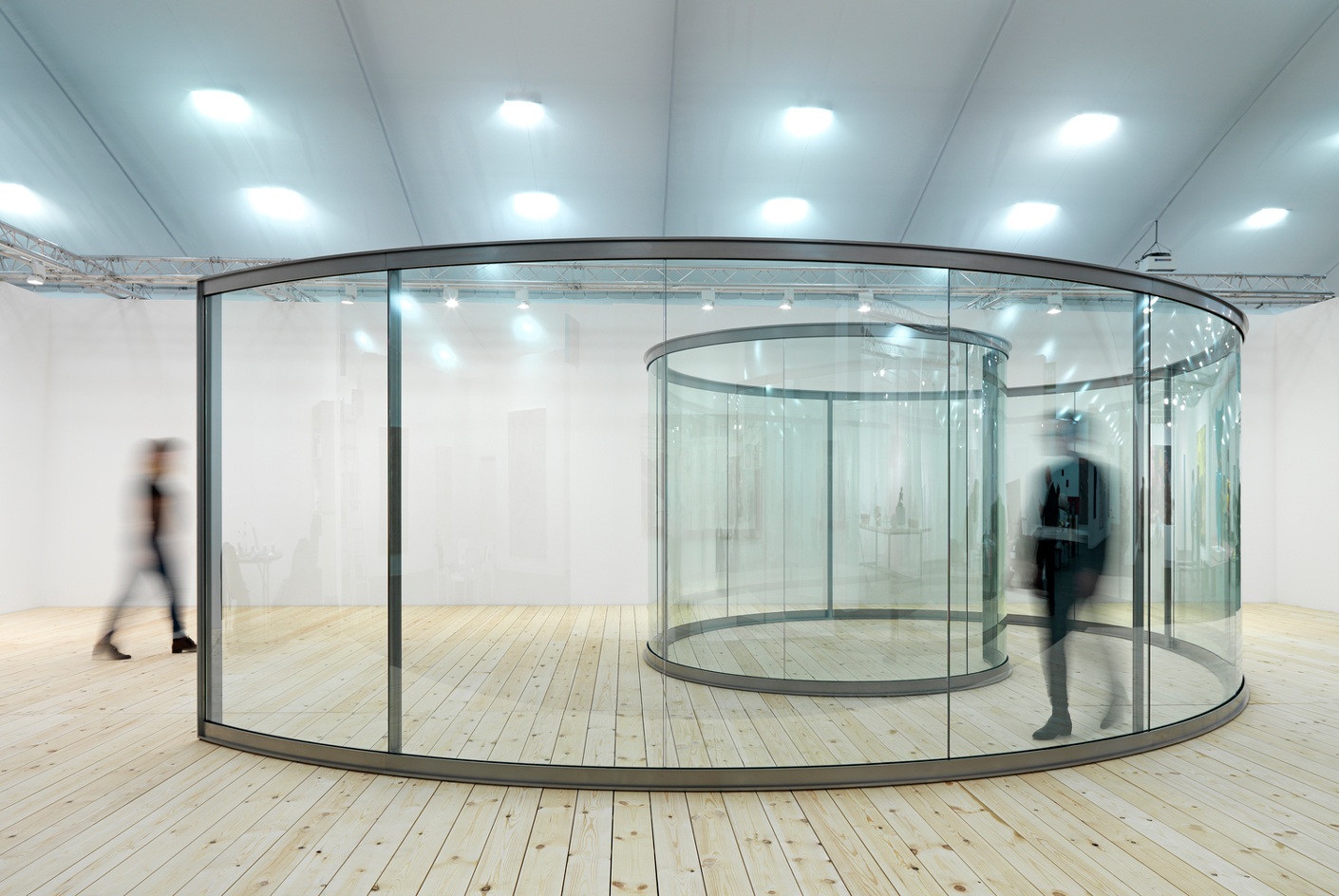
Dan Graham Groovy Spiral, 2013, Two-way mirror, stainless steel
Considered one of the pioneers of conceptual art (though a term he recently disavowed) he broke rules, re-wrote conventions and imagined an art beyond the white-walled, cubic confines of the gallery.
Graham began his career in art as a gallery director at New York’s John Daniels Gallery, exhibiting the work of minimalist legends such as Carl André, Donald Judd, Robert Smithson, Dan Flavin and Sol LeWitt (including the latter’s first solo gallery show).
In 1965, Graham’s attention shifted to his own conceptual and post-conceptual art ideas. His initial breakthrough work was Homes for America (1966–67), a magazine-style photograph-text composition based on a cheap 1960s suburban housing development in New Jersey. Graham used conceptual satire to portray these characterless housing grids – built on a promise of desirability and positive social reform – as alienating and soulless variations on a theme of monotony.
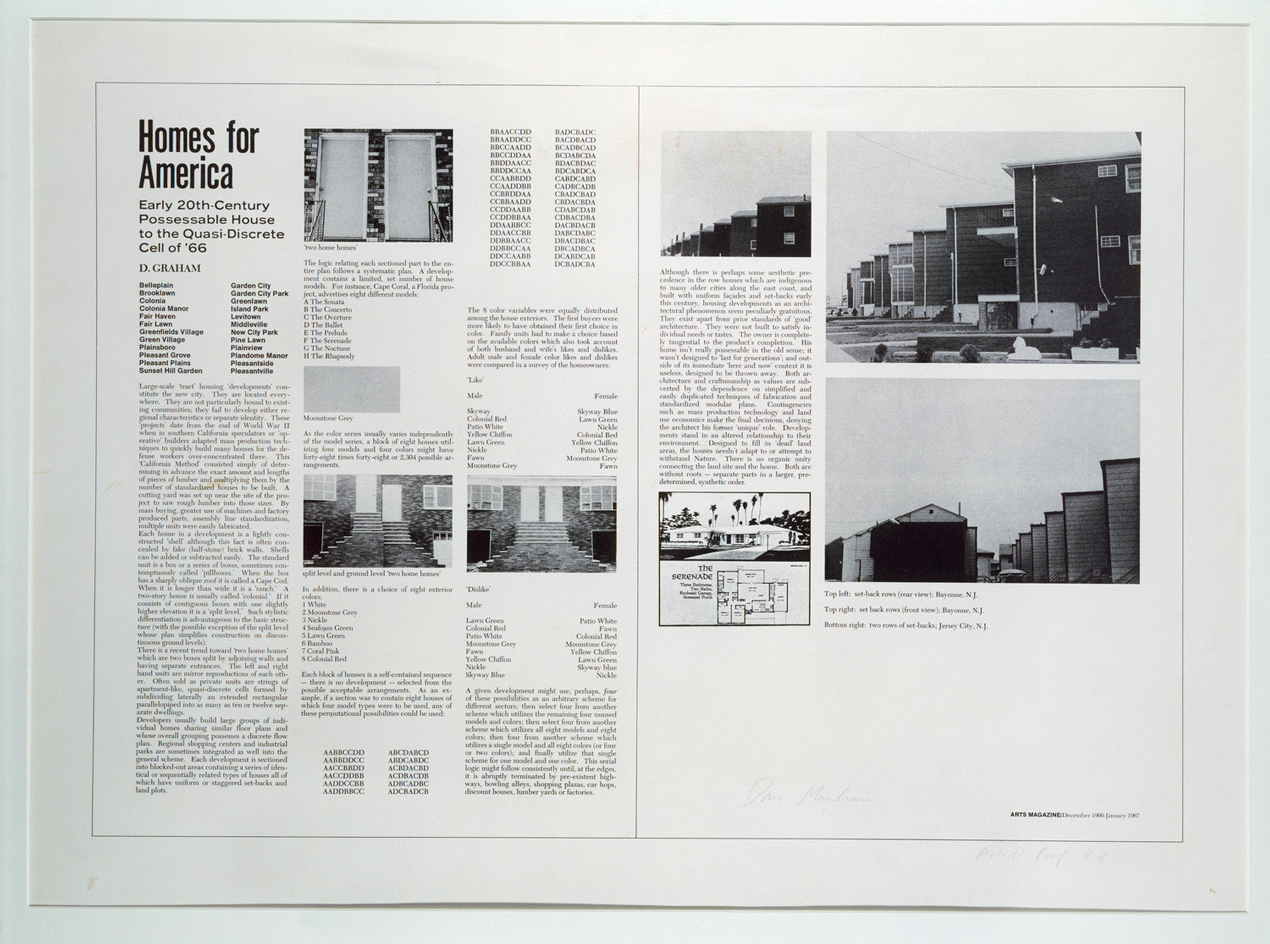

Top: Dan Graham Homes for America, Arts Magazine, 1966-1967, Print. Above: Homes for America, 1966-1989 six, framed, signed colour prints
Though working in a minimalist tradition, Homes for America critiqued a certain kind of minimalism, one where repetition was never interrupted, and mass production rendered craftsmanship and design obsolete. As Graham told the Brooklyn Rail in a 2012 interview: ‘There was this whole idea of defeating monetary value in the air in the ’60s, so my idea was to put things in magazine pages where they’d be disposable with no value. And that was a hybrid also because the work was a combination of art criticism and essay: magazine page as an artwork.’
In the 1970s, Graham’s focus turned to the architectural installations for which he is best known. These ‘pavilions’, geometrically-configured structures involving two-way mirrors, steel and glass, served as environmental ‘punctuation marks’, diversions from the expected rhythm of urban life, a moment of pause, and crucially, an invitation for viewers to spectate but also inhabit.
These walk-in structures create feelings of instability on solid ground. They watch, reflect and ensnare those who enter in a disorientating combination of self-reflection, self-awareness, self-absorption. Viewers, or participants, find their bodies warped, dislocated, or merged with other bodies – trippy, unsettling and sense-stretching, they’re about observing and being observed.
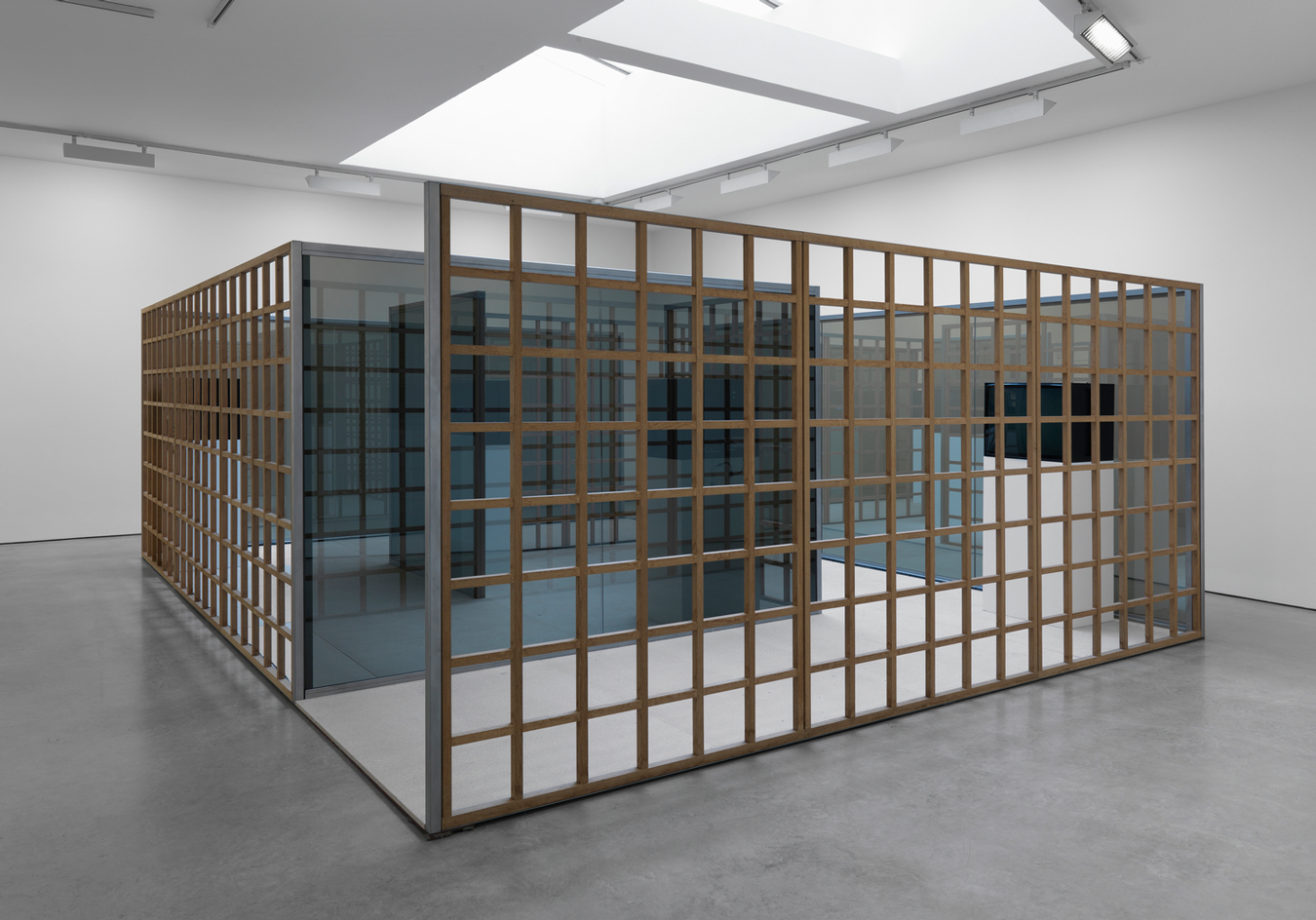
Dan Graham, Greek Meander Pavilion, Open Shoji Screen Version, 2001. Two-way mirror glass, stainless steel, oak, PVC.
Holding a mirror up to modernity, Graham’s practice explored consumerism, the philosophy of surveillance and the psychology of space. His legacy is an art that made you see yourself, and your surroundings, a little differently.
Notable pavilion works include Public Space/Two Audiences (created for the 1976 Venice Biennale), Two Way Mirror with Hedge Labyrinth (1989), and Hedge Two-Way Mirror Walkabout (2014) created on the roof of the Metropolitan Museum of Art in collaboration with landscape architect Günther Vogt.
Graham’s key exhibitions included solo shows at Castello di Rivoli Museo d’Arte Contemporanea, Turin(2006), the Museum of Contemporary Art, Los Angeles, USA (2009); The Metropolitan Museum of Art, New York (2014). He also participated in dOCUMENTA 5, 6, 7, 9 and 10 (1972, 1977, 1982, 1992, 1997) and showed work at the Venice Biennale (1976, 2003, 2005).

Dan Graham, Showing Off the Body, 2016, Two-way mirror glass, perforated steel
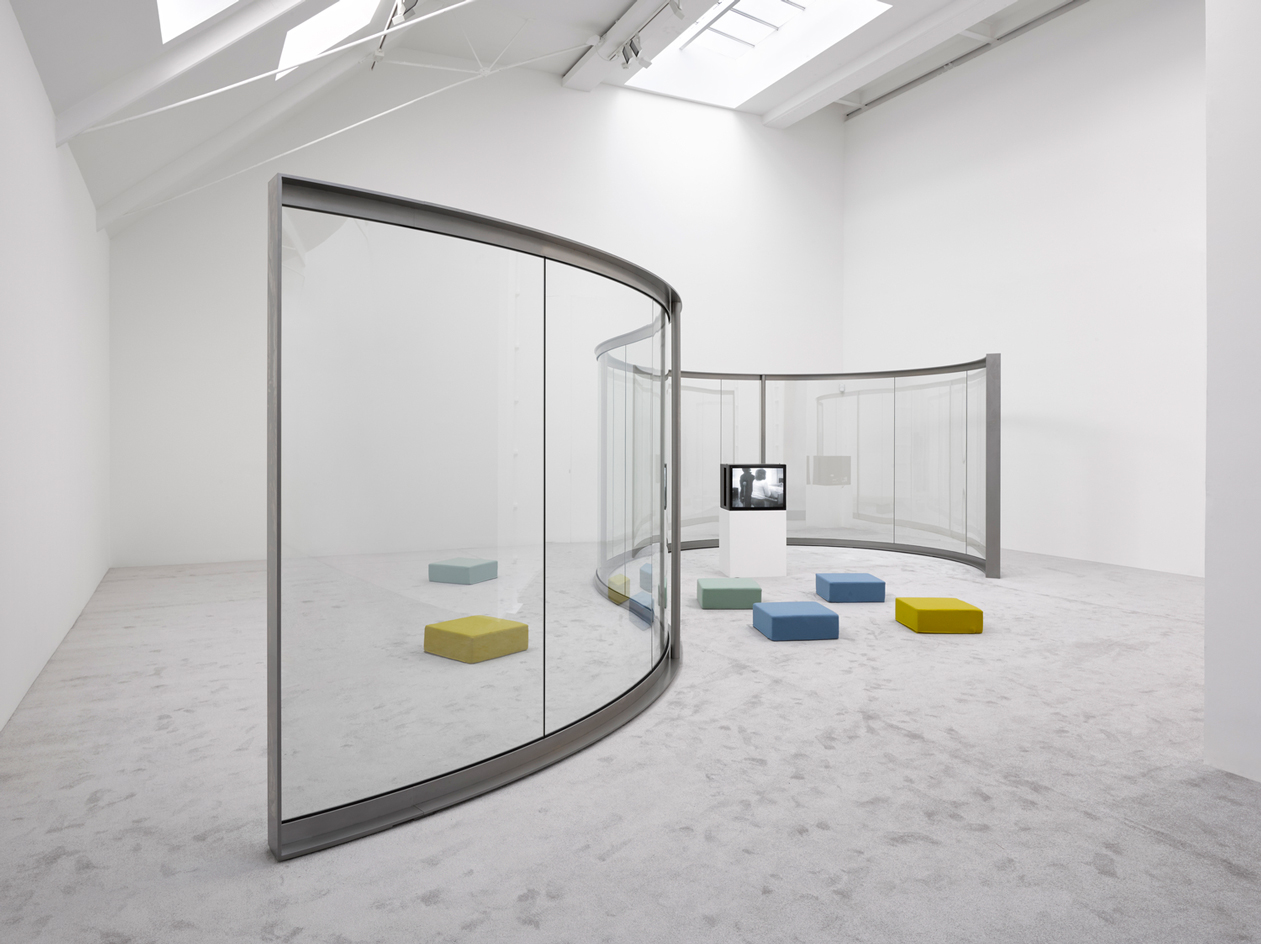
Dan Graham , Stage Set for Music no 2 for Glenn, 2018 , Stainless steel and two-way mirror .
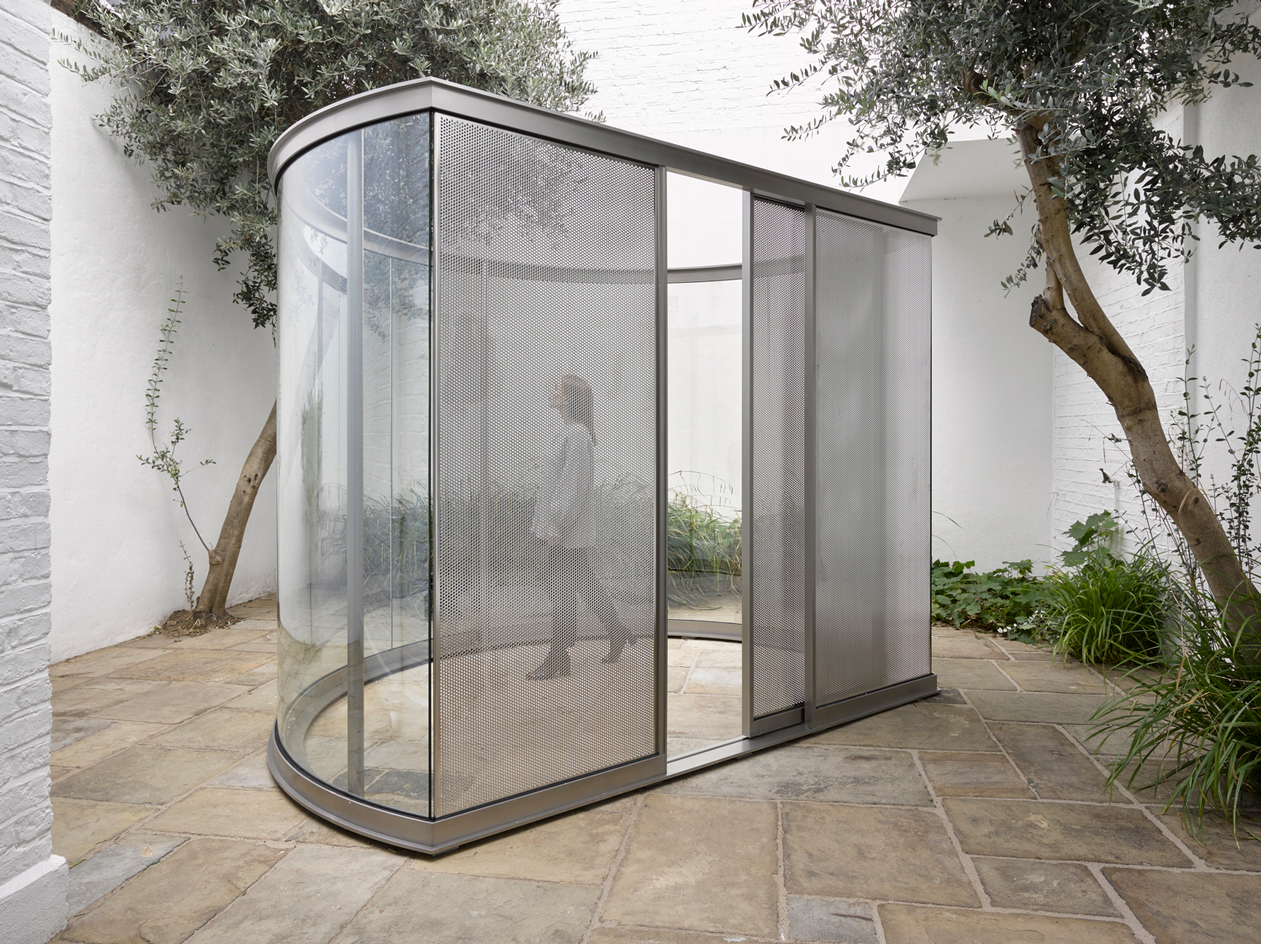
Dan GrahamPlay Pen for Play Pals, 2018 Stainless steel, perforated metal, glass and two-way mirror
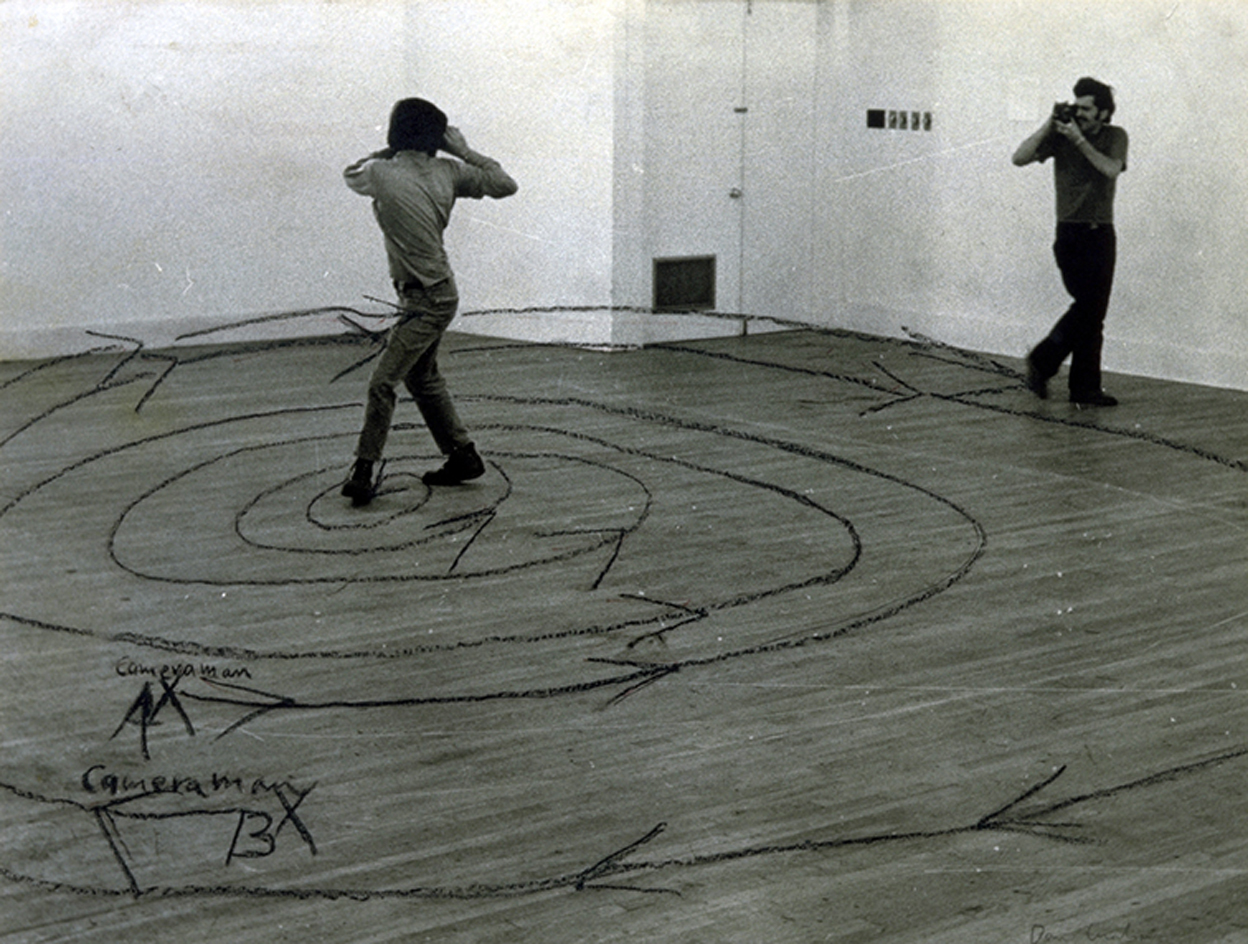
Dan Graham Two Correlated Rotations, 1969 Black & white photograph
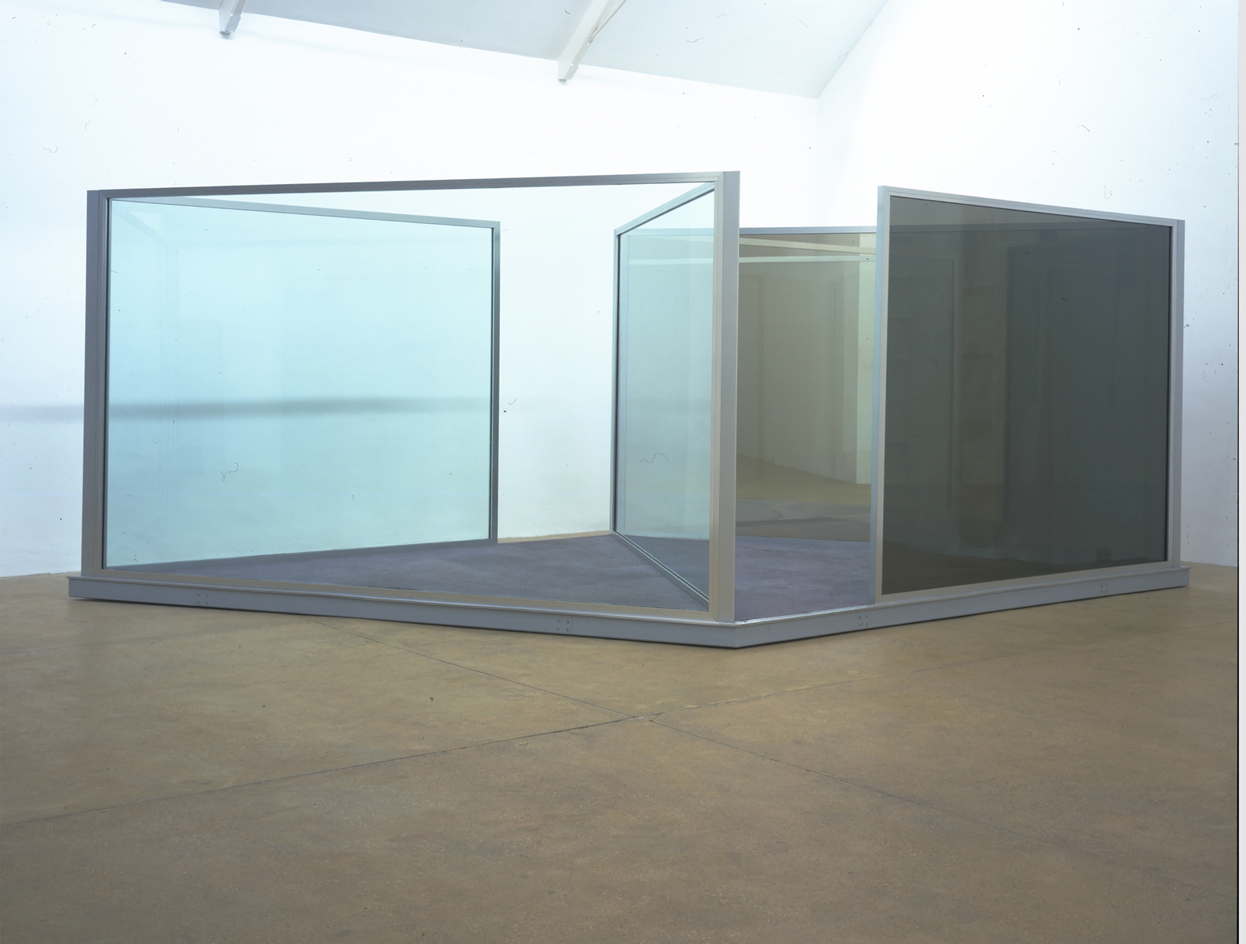
Dan Graham, Gift Shop / Coffee Shop, 1989, Steel, aluminium and glass.
Receive our daily digest of inspiration, escapism and design stories from around the world direct to your inbox.
Harriet Lloyd-Smith was the Arts Editor of Wallpaper*, responsible for the art pages across digital and print, including profiles, exhibition reviews, and contemporary art collaborations. She started at Wallpaper* in 2017 and has written for leading contemporary art publications, auction houses and arts charities, and lectured on review writing and art journalism. When she’s not writing about art, she’s making her own.
-
 The most comprehensive showing of Nan Goldin’s photographs and films is intense and emotional
The most comprehensive showing of Nan Goldin’s photographs and films is intense and emotionalNan Goldin's moving-image work makes a heavy impact in ‘This Will Not End Well’ at Milan’s Pirelli HangarBicocca
-
 How We Host: Interior designer Heide Hendricks shows us how to throw the ultimate farmhouse fête
How We Host: Interior designer Heide Hendricks shows us how to throw the ultimate farmhouse fêteThe designer, one half of the American design firm Hendricks Churchill, delves into the art of entertaining – from pasta to playlists
-
 Arbour House is a north London home that lies low but punches high
Arbour House is a north London home that lies low but punches highArbour House by Andrei Saltykov is a low-lying Crouch End home with a striking roof structure that sets it apart
-
 Nadia Lee Cohen distils a distant American memory into an unflinching new photo book
Nadia Lee Cohen distils a distant American memory into an unflinching new photo book‘Holy Ohio’ documents the British photographer and filmmaker’s personal journey as she reconnects with distant family and her earliest American memories
-
 Ed Ruscha’s foray into chocolate is sweet, smart and very American
Ed Ruscha’s foray into chocolate is sweet, smart and very AmericanArt and chocolate combine deliciously in ‘Made in California’, a project from the artist with andSons Chocolatiers
-
 Jamel Shabazz’s photographs are a love letter to Prospect Park
Jamel Shabazz’s photographs are a love letter to Prospect ParkIn a new book, ‘Prospect Park: Photographs of a Brooklyn Oasis, 1980 to 2025’, Jamel Shabazz discovers a warmer side of human nature
-
 The Hammer Museum in Los Angeles launches the seventh iteration of its highly anticipated artist biennial
The Hammer Museum in Los Angeles launches the seventh iteration of its highly anticipated artist biennialOne of the gallery's flagship exhibitions, Made in LA showcases the breadth and depth of the city's contemporary art scene
-
 Thomas Prior’s photography captures the uncanny fragility of American life
Thomas Prior’s photography captures the uncanny fragility of American lifeA new book unites two decades of the photographer’s piercing, uneasy work
-
 Central Park’s revitalised Delacorte Theater gears up for a new future
Central Park’s revitalised Delacorte Theater gears up for a new futureEnnead Architects helmed an ambitious renovation process that has given the New York City cultural landmark a vibrant and more accessible future
-
 Stephen Prina borrows from pop, classical and modern music: now MoMA pays tribute to his performance work
Stephen Prina borrows from pop, classical and modern music: now MoMA pays tribute to his performance work‘Stephen Prina: A Lick and a Promise’ recalls the artist, musician, and composer’s performances, and is presented throughout MoMA. Prina tells us more
-
 Curtains up, Kid Harpoon rethinks the sound of Broadway production ‘Art’
Curtains up, Kid Harpoon rethinks the sound of Broadway production ‘Art’He’s crafted hits with Harry Styles and Miley Cyrus; now songwriter and producer Kid Harpoon (aka Tom Hull) tells us about composing the music for the new, all-star Broadway revival of Yasmina Reza’s play ‘Art’